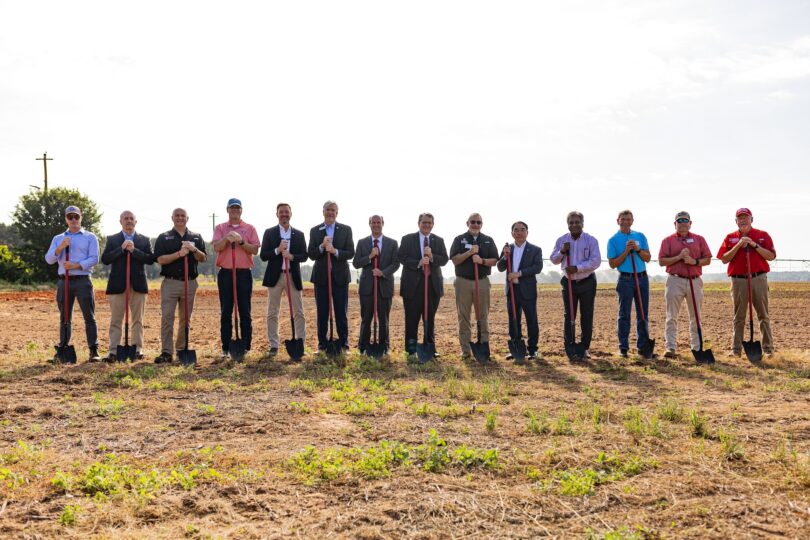More than 1,000 young beef cattle took a special trip to Kansas last fall as a part of the Georgia Beef Challenge.
Those cattle and their predecessors provided information that helped the Georgia beef industry earn $10 million more in 1994 than in years past.
"The Georgia Beef Challenge is a method for these cattlemen to see where their genetics are at this point in time," said Robert Stewart, an animal scientist with the University of Georgia Extension Service.
"It's the only reasonable way that they can get feedback on what their genetics are producing and contributing to the industry," he said.
The Challenge continues into the 1995-96 calf season. With the next group of calves to be shipped out this month, Stewart expects producers to consign about a thousand animals to the program.
Stewart began the program just four years ago to eliminate the reputation Southeastern calves had for being inferior to beef produced in other parts of the country.
"Because of that reputation, Southeastern farmers' beef prices were discounted by 7 percent," Stewart said. Over the years, that discount has cost the Georgia beef industry millions of dollars.
The state's cattle are still sold at a discount, but the rate has dropped to 4 percent, dramatically increasing Georgia beef farmers' income.
Producers usually base the value of their bull selections on how much money they take home from the buying point. Stewart said those numbers don't always tell the whole story.
After finding out why Georgia farmers receive less money for similar animals, Stewart worked to set up the Challenge with the Georgia Cattlemen's Association, the U.S. Department of Agriculture Market News, and Hitch Feeders II, a Garden City, Kan., feedlot.
Over the past decade, consumers have demanded leaner, tenderer beef at the grocery store. But farmers can't find out how lean their animals are unless they follow them through the feedlot and packing house.
The Challenge does just that.
Stewart said most industry trends start at the feedlot and packing houses, "and we're far removed from there, so we may miss some of that information."
Cattle in the program travel to the Kansas feedlot, where assistants record the daily weight gain of each animal as the cattle mature.
Then, after slaughter, each animal's fat percentage, rib eye area score and other facts are added to its record.
Some cattle are more heavily muscled with very little fat. Others lay extra fat within the muscle -- this marbling makes meat tenderer, but higher in fat.
"The ideal would be a combination of heavy muscling with the minimum acceptable marbling for tenderness," Stewart said.
Consumers want beef that's lean and tender. Armed with information from the Georgia Beef Challenge, a farmer can adjust his genetic program to aim for that perfect combination.
Randolph County beef farmer Bobby Lovett found the Challenge enlightening. "It should be very evident to people whose calves don't perform well that they need to make some changes -- most likely, genetic changes," he said.
The news is not always good for the farmer. "It's going to point out his strengths and weaknesses, and we have to emphasize them both," Stewart said.
The program is providing benefits all around: the feedlots are getting better-quality calves from Georgia, beef lovers are getting better steaks and roasts, and (the benefit that makes it all work) Georgia farmers are getting more money for their cattle.
"I think it's making better cattlemen out of all of us," Lovett said.
The county Extension office has information about producing beef and including beef in a healthy, well-balanced diet.






